Superheroes fight each other all the time. Usually, they get over it and pound the real bad guys into the ground. But in the new Civil War comic, which is an alternate-reality continuation of a 2006 Marvel crossover of the same name, Captain America and Iron Man are ready to do some real messed-up things. Like plotting to take away other superheroes’ powers.
The best thing about the ongoing Secret Wars comic book event has been how it’s let various creative teams invent weird new extrapolations of various moments from Marvel’s publishing history. In one series, we’ve gotten a Spider-Man who never made a deal with the devil to get divorced and an X-Men series where Cyclops and crew bitch about getting old. Civil War posits a reality where the events of its 2006 predecessor escalated to a catastrophic degree.
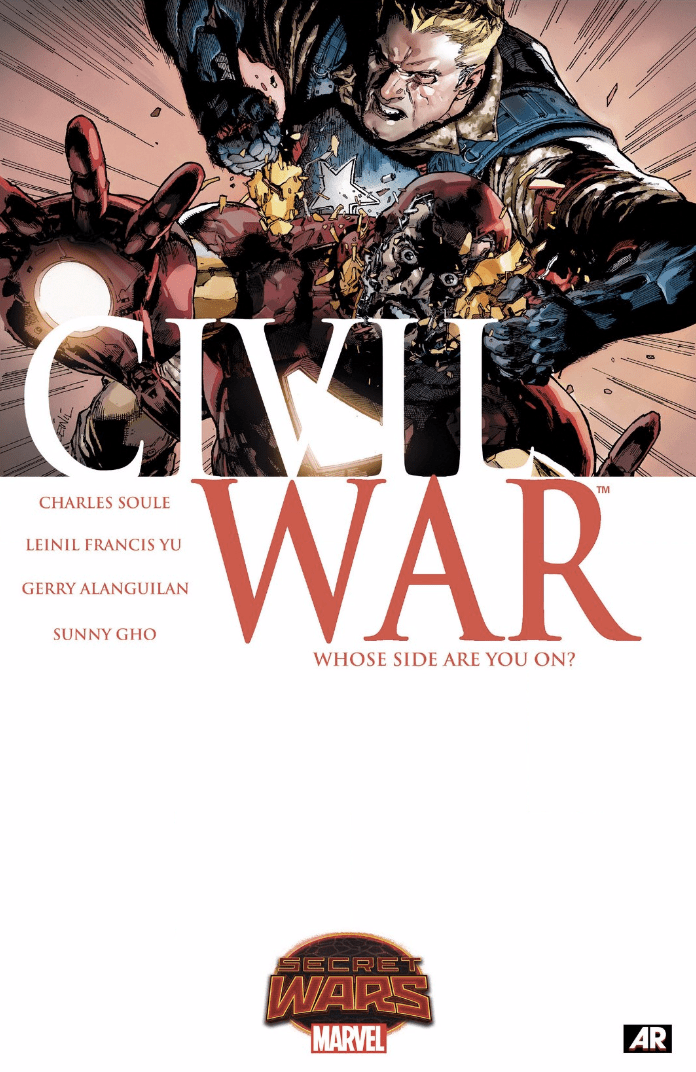
The original Civil War event was supposed to be a scaled-up take on what happens when superheroes brawl over disagreements. It took place after a tragic metahuman showdown destroyed an entire Connecticut town, a disaster that fast-tracked the passage of the Superhuman Registration Act. Superheroes all over the Marvel version of America were divided over whether they would comply with the new law. Soon, a pro-registration faction led by Iron Man began fighting with a resistance movement helmed by Captain America. After a bunch of stunt plotting — Punisher working with Cap! Spider-Man siding with Tony and revealing his identity to the world! — the end of that series saw Captain America surrender, with Iron Man eventually becoming the head superhero-in-charge of the government agency SHIELD.
The most notable casualty in the mainline Civil War crossover was Bill Foster, a scientist who was a C-list superhero that operated under the Black Goliath and Giant-Man identities. He was killed by a clone of Thor. In Civil War 2016 — written by Charles Soule, with art by Leinil Francis Yu, Gerry Alanguilan, Sunny Gho and Joe Sabino — there was no surrender. Instead, the big final battle that started in another dimension broke through to Earth, killing Daredevil, Wasp, the Black Panther and 15 million ordinary human beings.
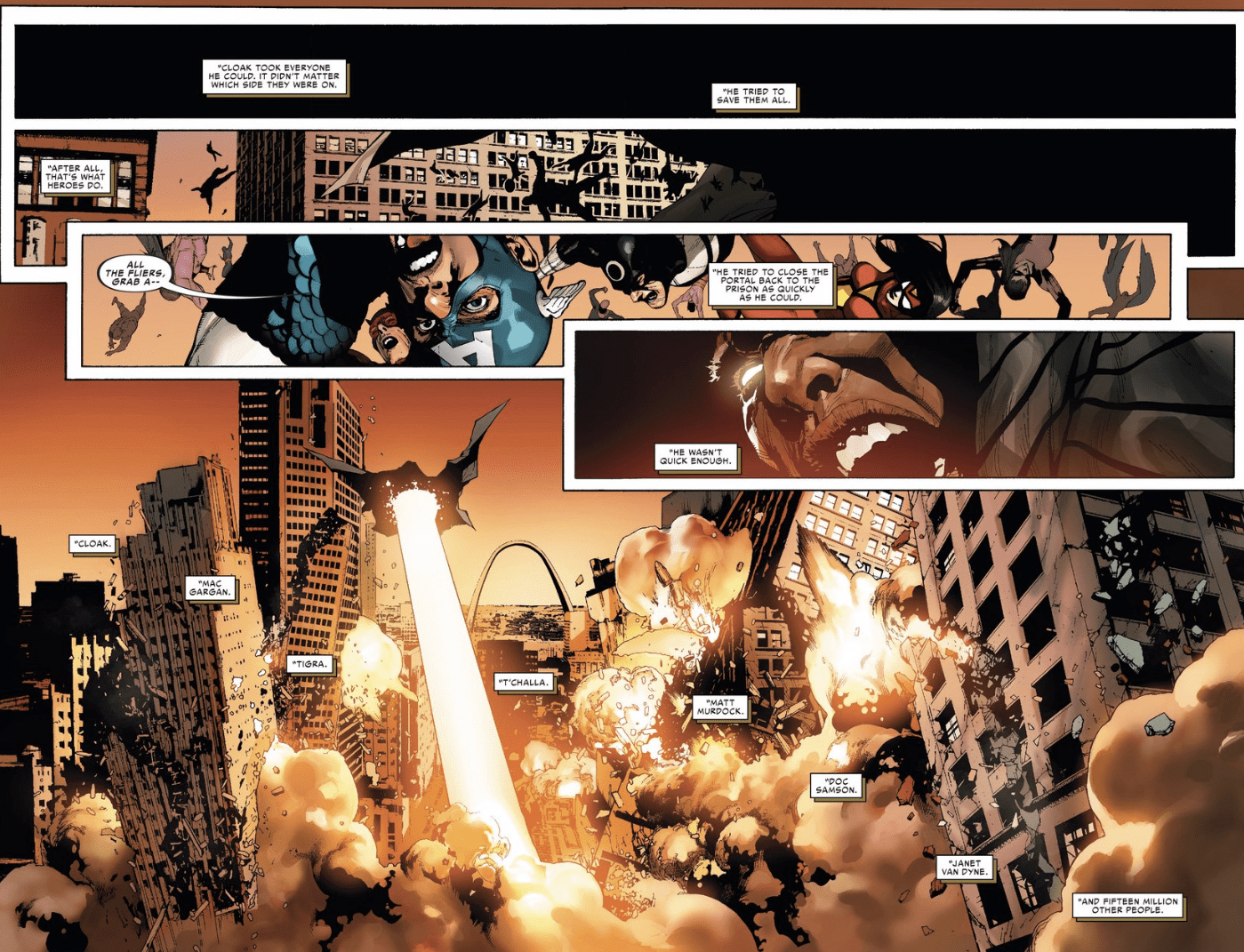
The disaster split this alt-America down the middle, creating two half-nations where only one stood before. General Steve Rogers (a.k.a. Captain America) guides The Blue, the west-of-the-Mississippi chunk of continent where people can do what they want as long as they don’t hurt anyone else. Tony Stark is President of the Not-Quite-United States called The Iron, a tech-heavy Eastern Seaboard fiefdom where he’s implemented laws to keep track of anyone whoever exhibits special powers. The series’ first issue featured a summit that seemed like it might offer the hope reunification, but the assassination of an innocent woman reignited the flames of suspicion and distrust.
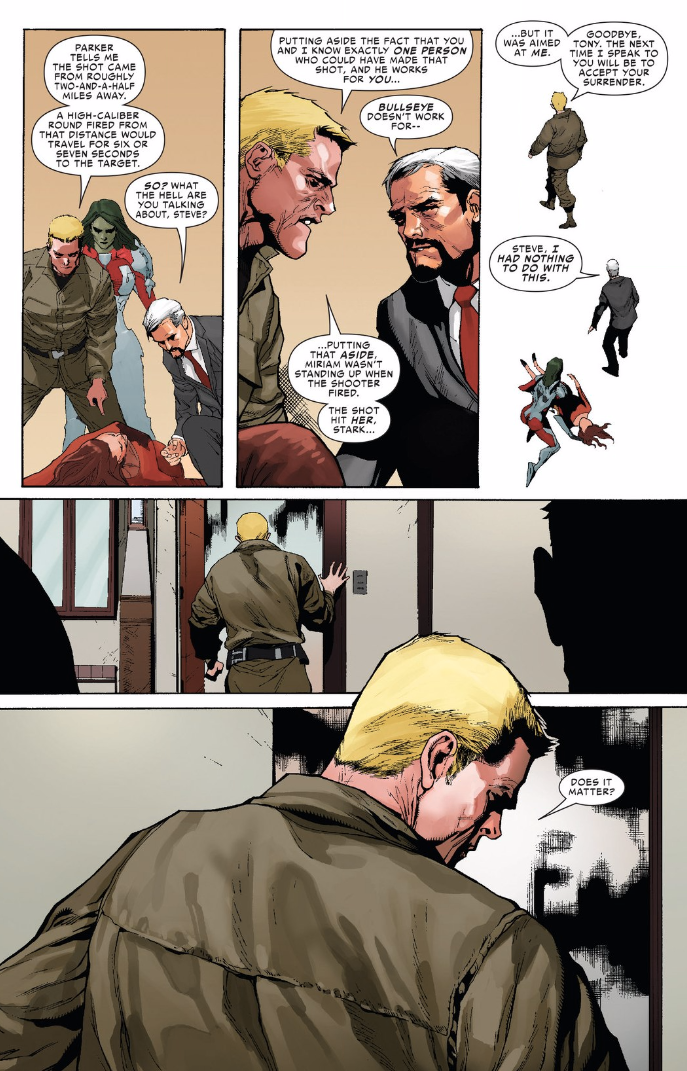
Soule writes a Captain America and Iron Man who can’t put aside their pride or let their wounds heal enough to think of the greater good. Steve Rogers comes across a domineering hard-arse with little of the compassion that makes him a great hero. Tony Stark’s smarm isn’t leavened by the futurist optimism of his best moments. Civil War does the same thing with other familiar Marvel heroes, too, offering uptight or depressed versions of, say, Storm, who seems more concerned with getting revenge and policing ideological allegiance than anything else.
There’s an air of cranky paranoia in the series’ two issues, best seen in Spider-Man, of all characters.
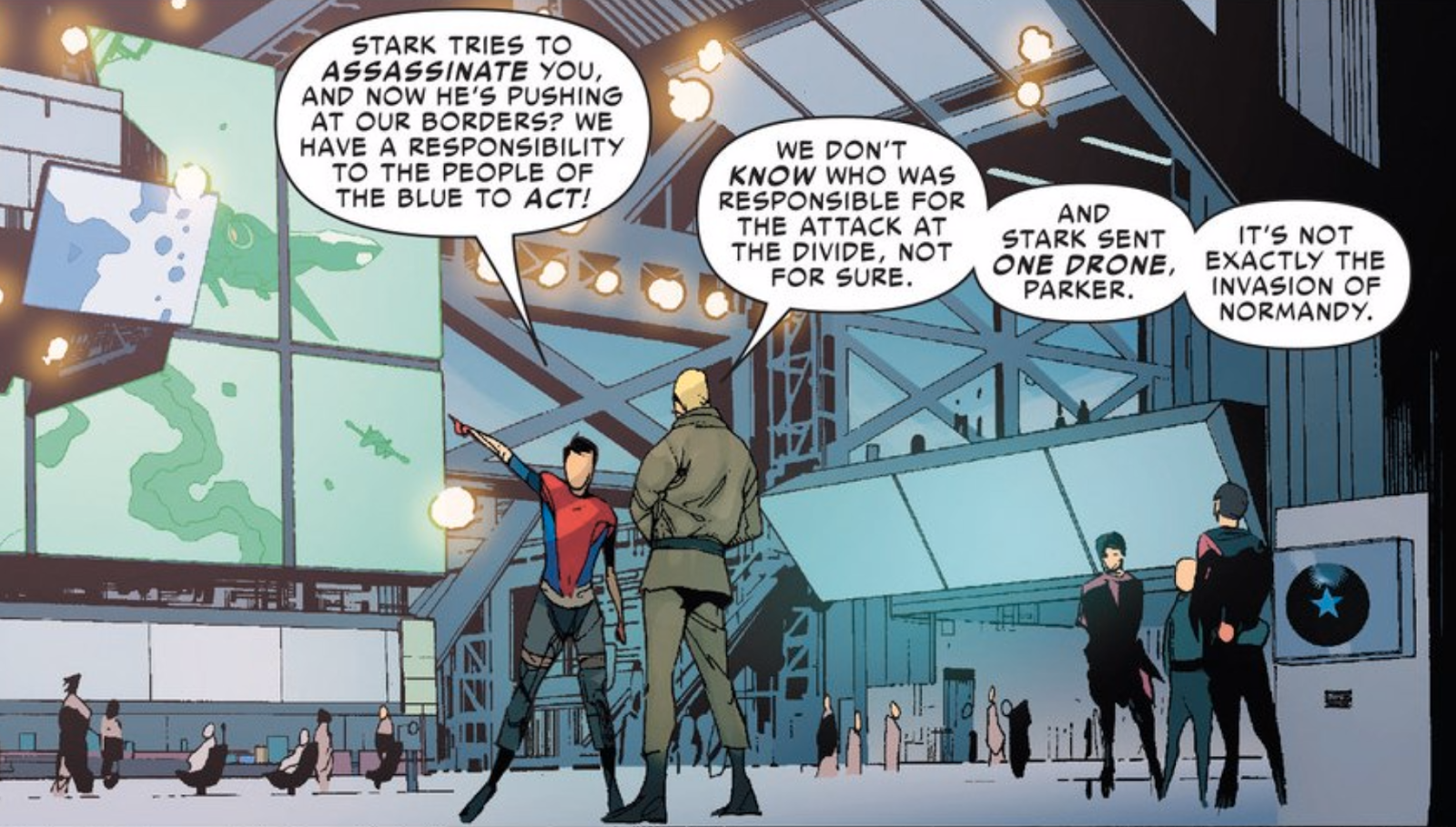
Instead of the loveable neurotic Peter Parker we’re most used to, we get a Spidey who’s egging Steve Rogers to retaliate against Tony Stark’s supposed sins. He’s got some justification for his agitation. His wife and daughter live in the Iron. It’s still weird seeing Peter Parker being so aggro. Often, in the big crossovers, he usually serves as some of its comic relief. He’s an everyman making the best of what life throws at him. But here he seems perpetually pissed off.
Civil War #2, out this week, is bleaker than the first issue thanks to the revelation that Steve Rogers’ secret plan to win the war involves taking away his opponents’ powers. And he has it tested on a captured criminal. Captain America is coming up on the same kind of totalitarian mindset that he’s supposed to stand against, and the sequence is an example of how ideology warps minds.
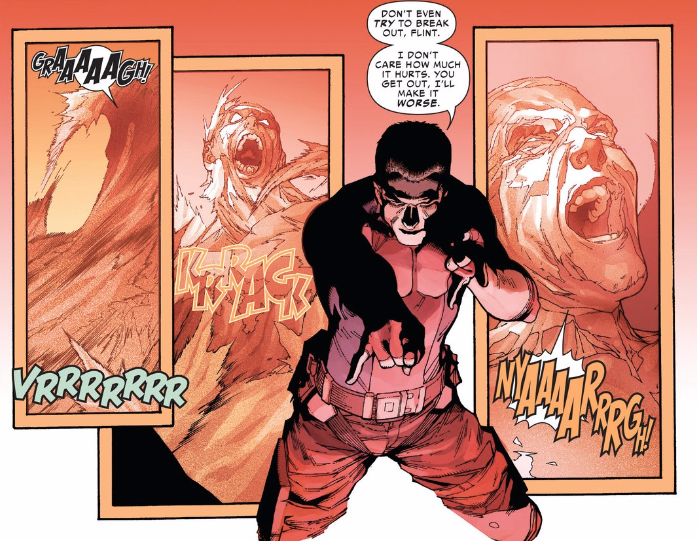
In a way, this Civil War is the better version of the concept set forth on the 2006 version. While there were simmering tensions and status quo changes for years as a result of that series, the world at large went on as it did before. Superheroes have big egos and big convictions — why else do you wear a mask and punch out people — and when they go to war, it should feel catastrophic. In Civil War 2016, the catastrophe continues. It seems like a conflict where neither side is going to win and that’s probably as it should be.
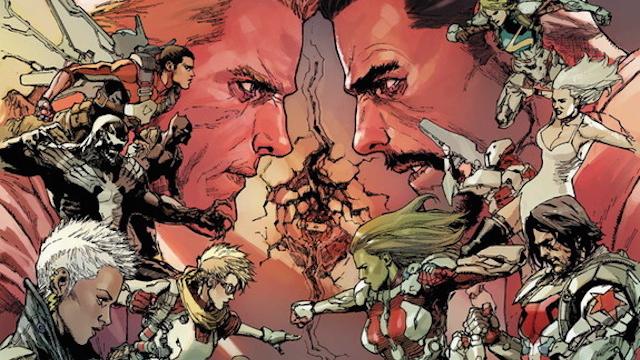
Comments
6 responses to “Marvel’s Civil War Returns, With No End In Sight”
I have to say, I’ve been loving Secret Wars.
The art in this is pretty dang great!
let it die.
This side of Cap is basically the same one that was developing towards the end of the previous world, a perpetually angry, jockish brute with a chip on his shoulder against those smarter than him who don’t ascribe to his black & white ideals even if that meant the end of the world. I can’t say I love that development and I hope that when all this mess starts settling down back into one world and one timeline we get back the gentle, pure-hearted, kind of a doofus Cap we all know and love.
Although, it’s certainly an apt commentary on the id of America itself.
My thoughts exactly. I’m sure that’s the angle they are going for with the new Cap. I too miss the old Cap we know and love and I’m sure he’ll return at some stage, but I also think this is an interesting analogy with the current path that the U.S. Is on. It’s going to be interesting to see how the turn it around.